Navigating agricultural water management options is complex, but the agricultural self-priming pump simplifies drawing water from diverse sources. Unlike standard pumps needing manual priming each time, it starts efficiently, saving time and effort. This Agricultural Self-Priming Pump Buyer's Guide outlines key considerations to help select a pump that aligns with the specific requirements of a farming operation.
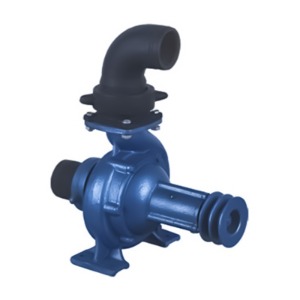
Evaluating Power Source Options
The choice of power source is a fundamental decision that influences the pump's application and operational costs. Electric motor pumps are known for their relatively quiet operation and lower requirement for routine maintenance. They are a consideration for operations with reliable access to a mains power supply or a suitable generator, often serving well in fixed locations near farm buildings.
Gasoline engine pumps offer a high degree of portability, making them suitable for applications across remote sections of a property where electrical power is not readily available. Their self-contained nature allows for quick deployment. Diesel engine pumps are recognized for their robust construction and efficiency in handling extended, heavy-duty pumping tasks. The fuel type and the engine's durability are points to consider for long-term use.
Matching Performance to the Task
Understanding two key metrics is crucial for ensuring a pump meets the demands of the irrigation system: flow rate and total head. Flow rate refers to the volume of water moved over a specific period. Estimating the required flow involves considering the area to be irrigated and the water needs of the crops.
Total head encompasses the vertical distance water must be lifted from the source to the discharge point, plus the pressure loss due to friction as water moves through pipes and fittings. A pump must have the capability to overcome this total dynamic head to deliver water effectively. Reviewing a pump’s performance chart provides insight into how its flow rate is affected by different head conditions.
Construction Details and Material Choice
The materials used in a pump's construction contribute significantly to its service life and suitability for certain applications. Pump casings and impellers made from cast iron offer a solid construction for general-purpose use. Stainless steel components provide enhanced resistance to corrosion, which can be a factor when pumping water with high mineral content or when using certain liquid fertilizers.
The size of the pump's inlet and outlet ports should correspond to the diameter of the plumbing system to maintain efficient flow. Furthermore, features such as integrated wheel kits and sturdy handles greatly improve maneuverability, which is valuable when the pump needs to be moved between different sites on the farm.
Operational Features for Practical Use
Several design aspects affect the day-to-day usability of a self-priming pump. The time it takes for the pump to achieve a prime and begin moving water at its full capacity can vary; understanding this helps in planning irrigation schedules. Designs that provide easy access to the strainer and impeller chamber simplify routine cleaning and maintenance.
Safety features, such as protective guards and built-in thermal protection switches on electric models, are important elements that contribute to safe operation. Considering these practical features alongside core performance specifications helps in selecting a pump that is not only powerful but also convenient and safe to use over the long term.
Making a Suitable Selection
Selecting an agricultural self-priming pump involves balancing multiple factors. The primary considerations include the available power source, the specific flow and head requirements of the land, the construction materials suited to the water quality, and the practical features that aid operation. By carefully assessing these areas against the unique needs of the farm, it becomes possible to identify a pump that will provide reliable service for seasons to come.

 English
English русский
русский Español
Español
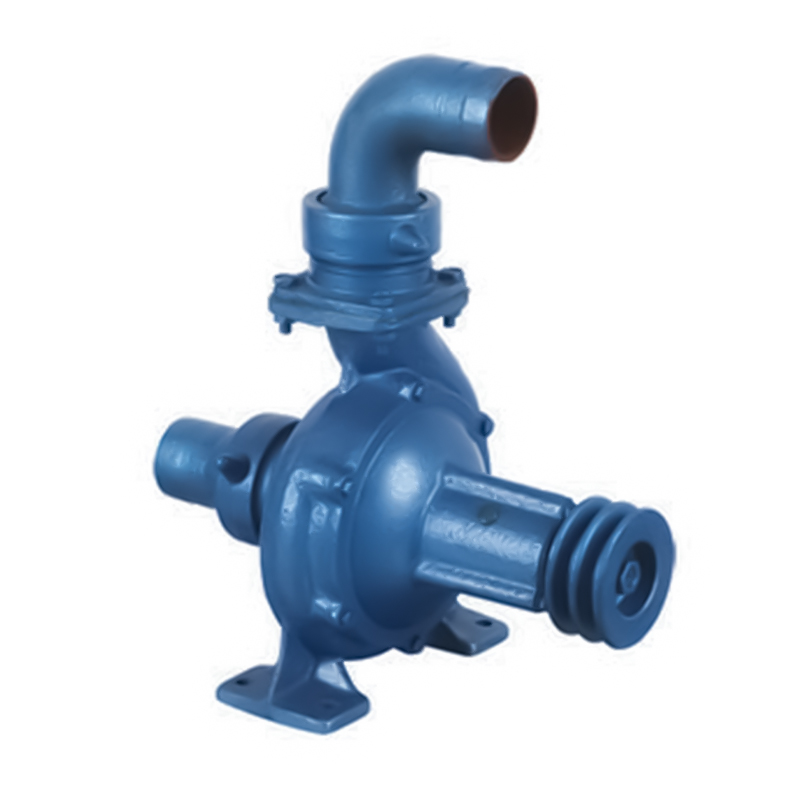
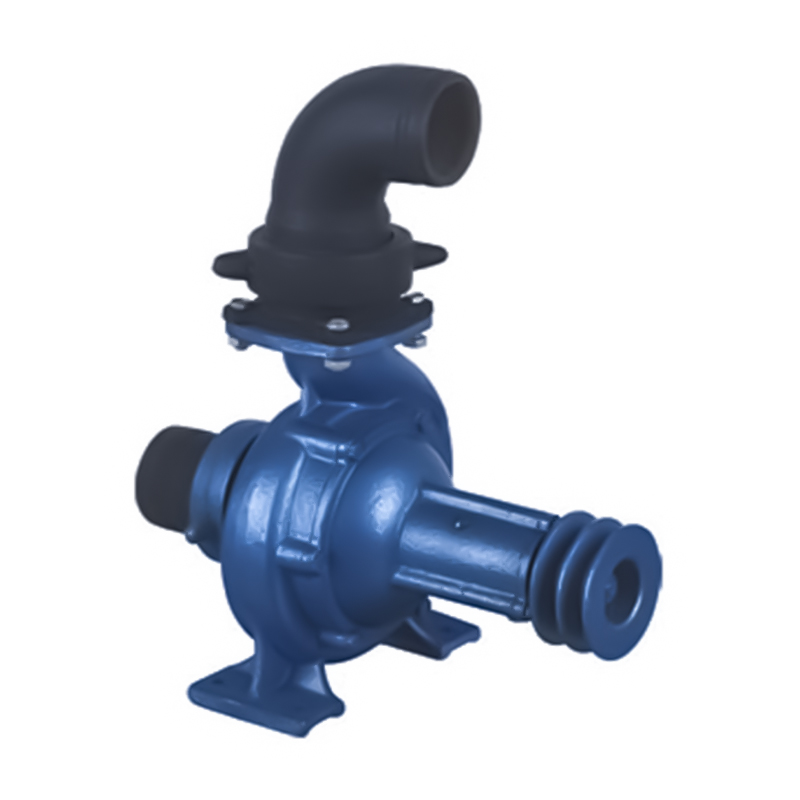
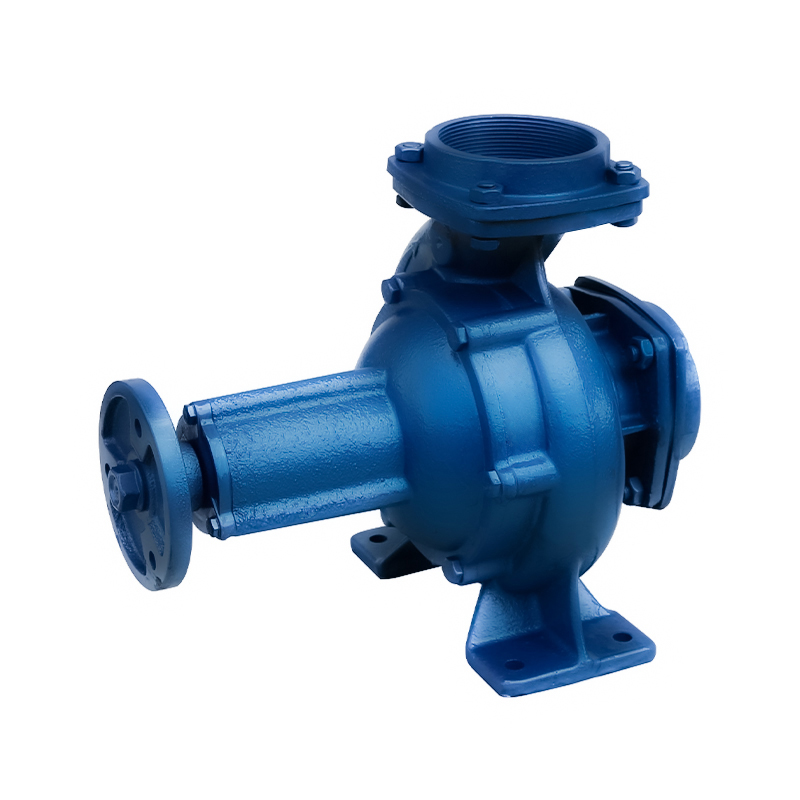
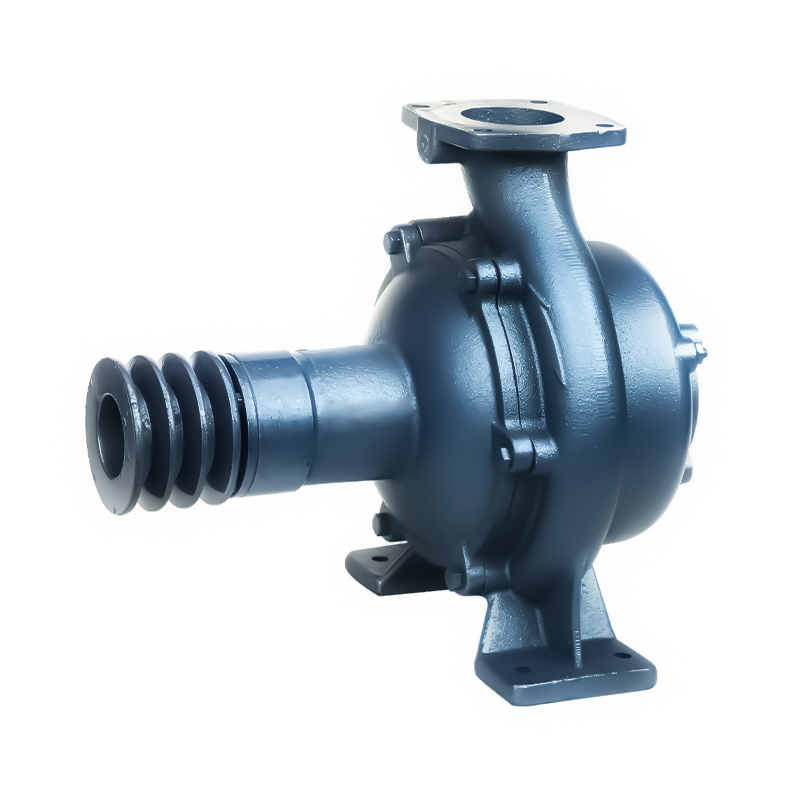
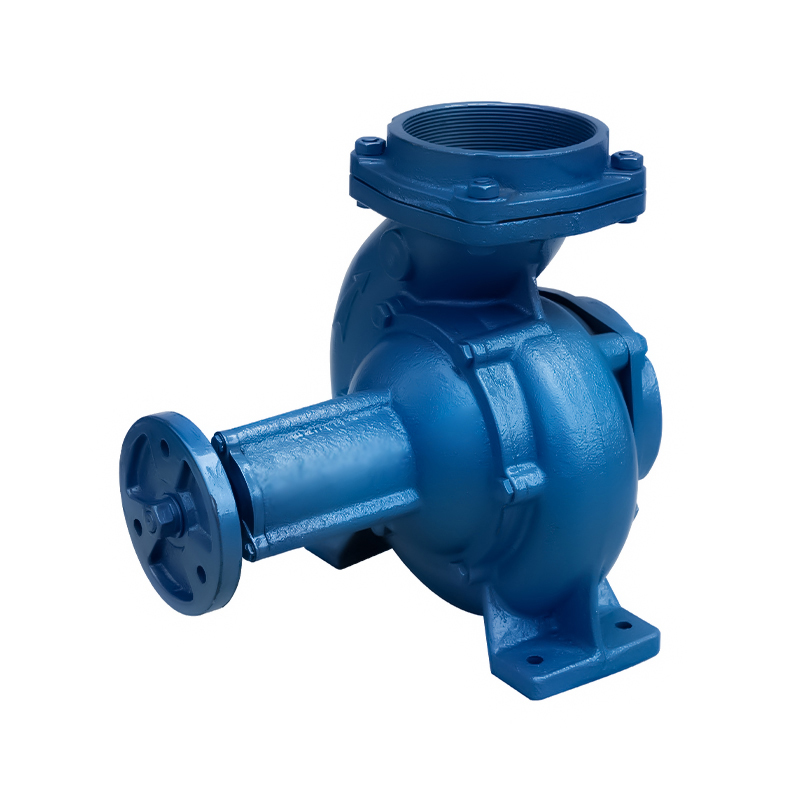
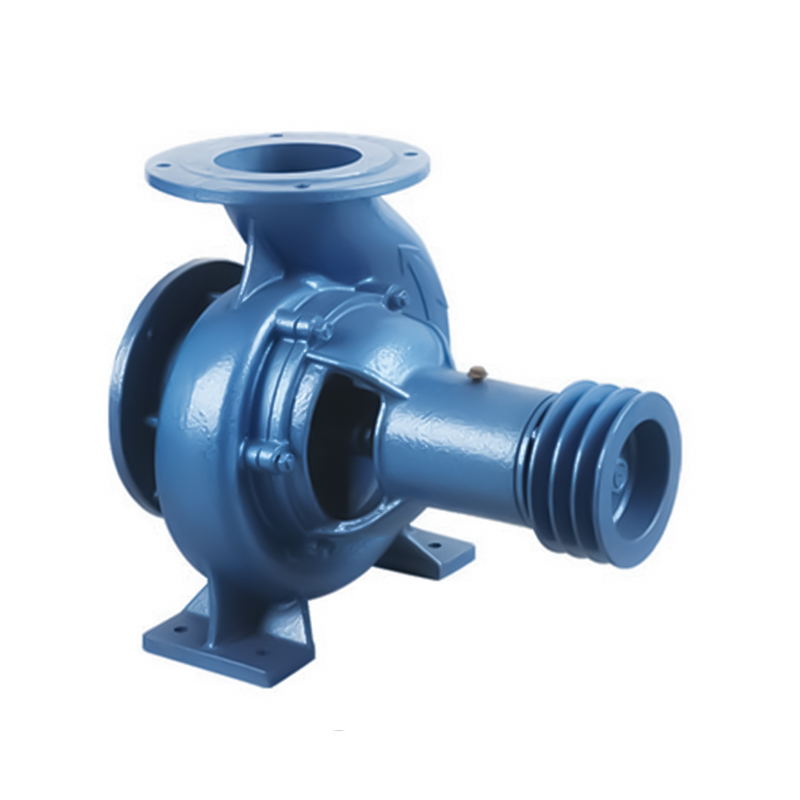
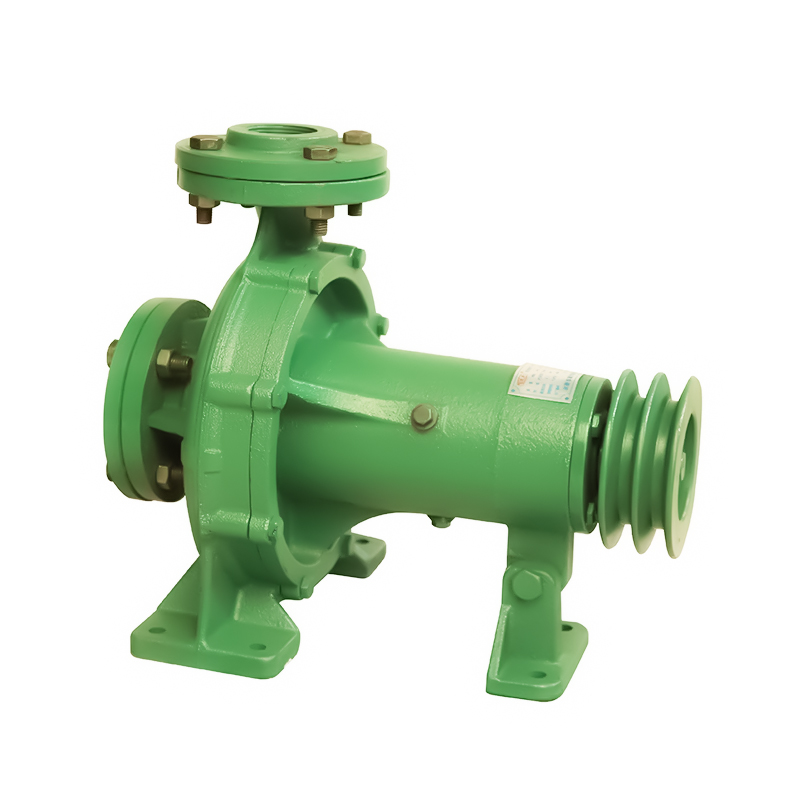

 Email:
Email:
 Phone:+86-13605899207
Phone:+86-13605899207

